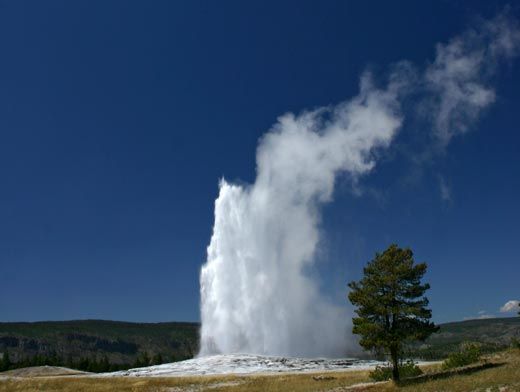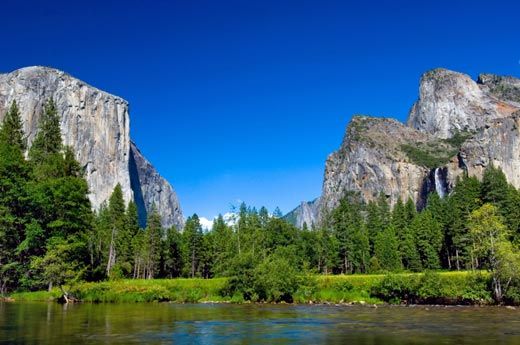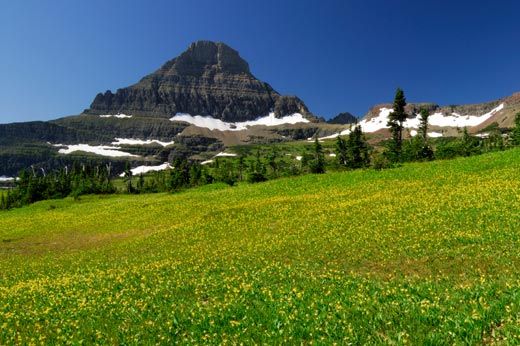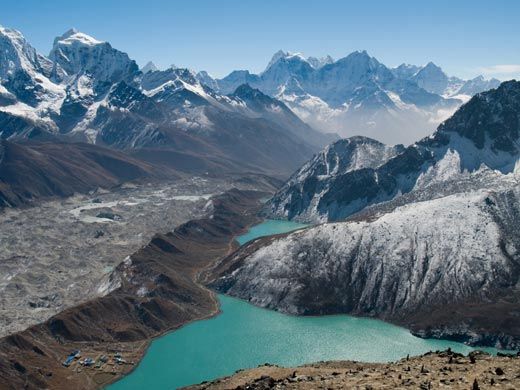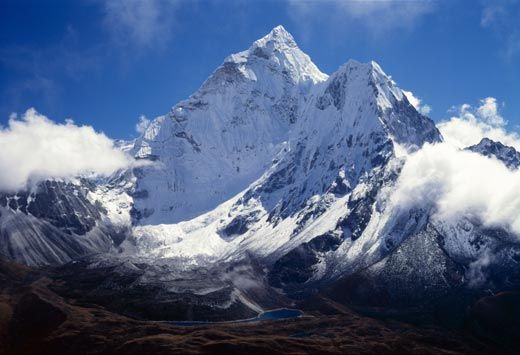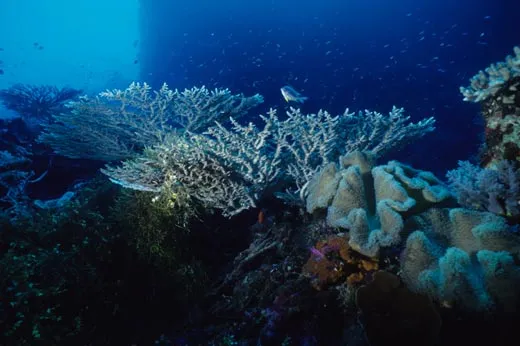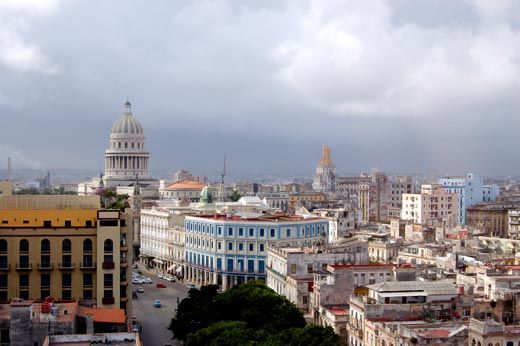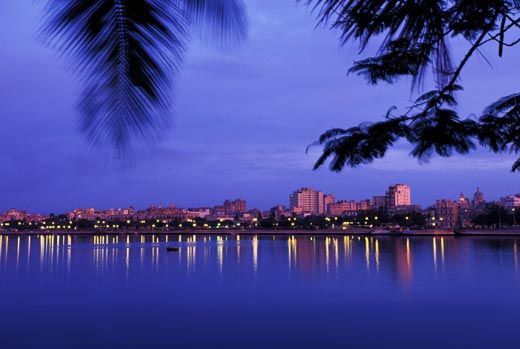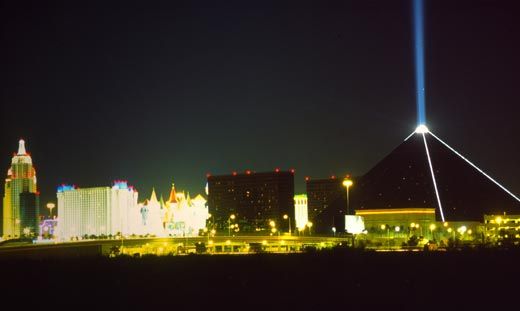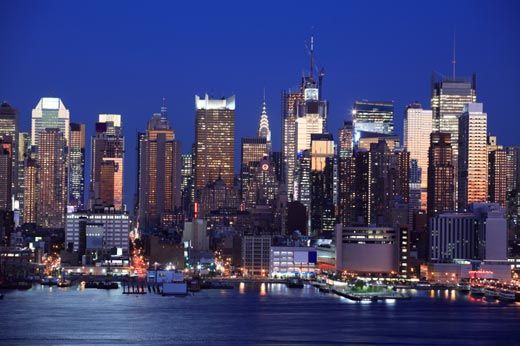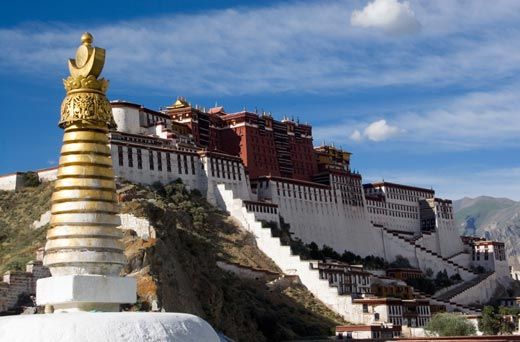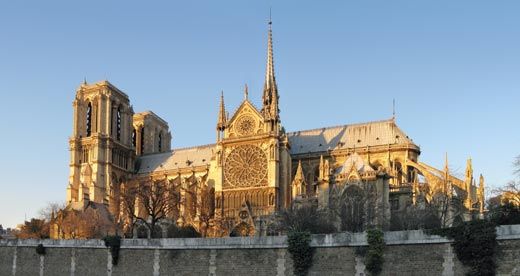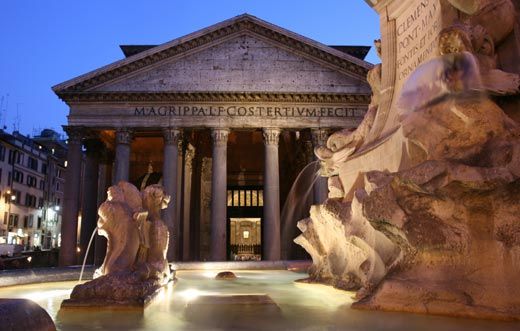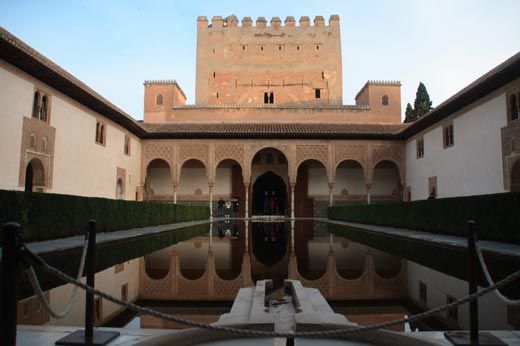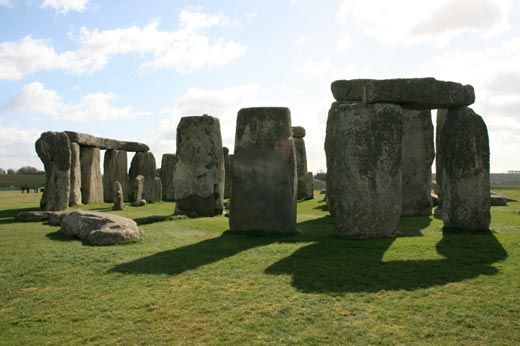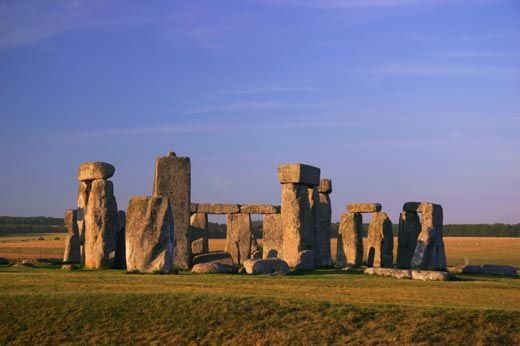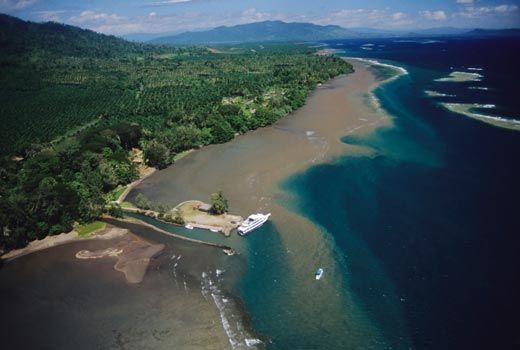What would you add to the Smithsonian Life List?
Add your own itinerary to the Smithsonian’s list of places to visit in your lifetime
Smithsonian Magazine Staff
/https://tf-cmsv2-smithsonianmag-media.s3.amazonaws.com/filer/listadd-main-631.jpg)
Editor’s Note: We’ve since expanded our life list to 43 sites around the world for wildlife lovers, adventure seekers and those seeking just a respite from their busy schedules.
A growing number of Americans of all ages are renewing their resolve to live life to its fullest.
Exhibit A is the recent popularity of "life lists"—itineraries of things to do and places to go before taking the ultimate trip to the Great Beyond. In our January 2008 issue, the staff of Smithsonian—as diverse a group of travelers as you're likely to meet—put their heads together and came up an exclusive list of 28 places the Smithsonian reader might wish to visit before...it's too late.
The response was tremendous—and since many Smithsonian readers themselves have traveled the globe, we received quite a bit of mail recommending additional, must-see places.
So, Smithsonian readers, now it's your turn. In this special, web-exclusive series, we present your additions to the Smithsonian Life List.
Sacred Places
Temples, churches and palaces that inspire
Hagia Sophia in Istanbul, Turkey
The Potala Palace in Lhasa, Tibet
Notre Dame in Paris, France
Churches of Lalibela, Ethiopia
Building Big
Experience feats of engineering on a grand scale
Hermitage Museum in St. Petersburg, Russia
Montezuma Castle National Monument, Arizona
Pantheon in Rome, Italy
Alhambra in Granada, Spain
Eiffel Tower in Paris, France
Stonehenge in England
Terracotta Army at Mausoleum of the First Qin Emperor in China
Natural Wonders
Discover breathtaking vistas and scale new heights
Papua New Guinea
Old Faithful in Yellowstone National Park, Wyoming
Yosemite National Park, California
Glacier National Park, Montana
Himalayas of Nepal
Fairy Chimneys of Cappadocia, Turkey
Niagara Falls, New York
Must-See Cities
Metropolises that offer superb art, history and entertainment
Havana, Cuba
Las Vegas, Nevada
New York City, New York
San Francisco, California
Vatican City in Rome, Italy
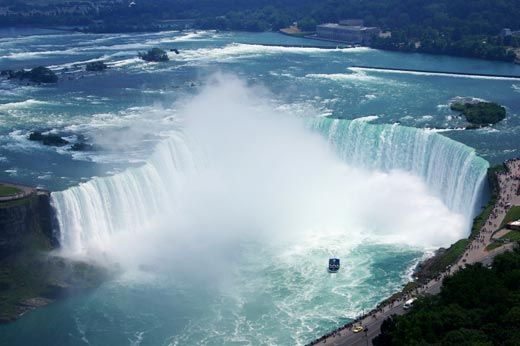

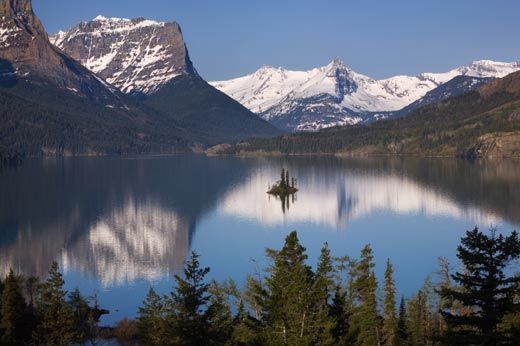
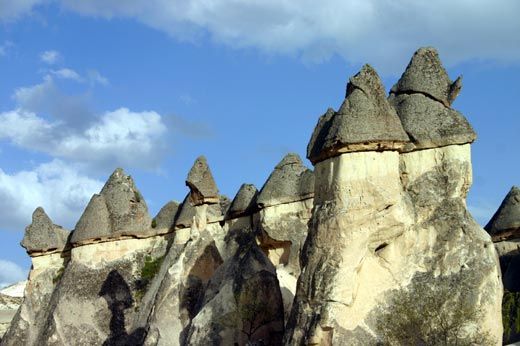
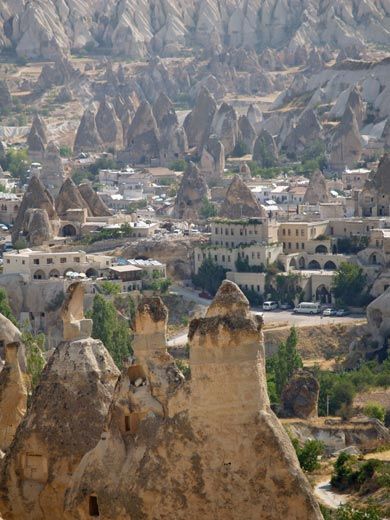
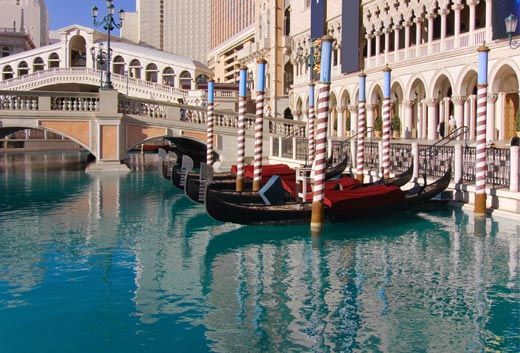
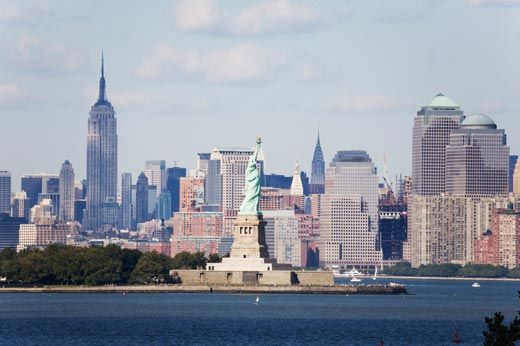
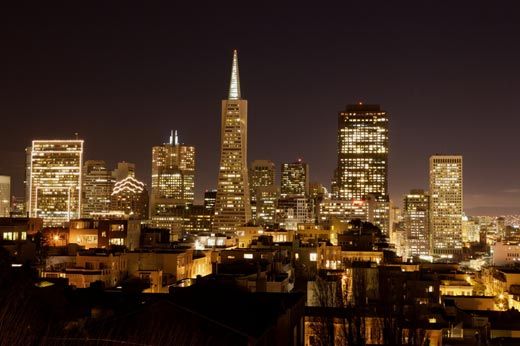
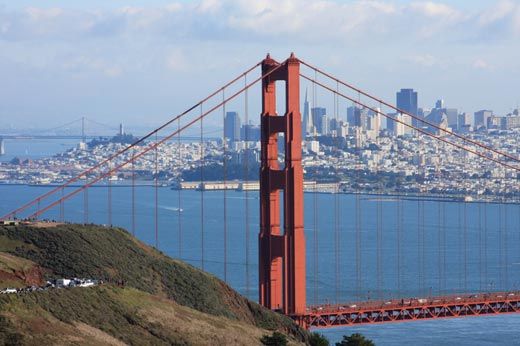
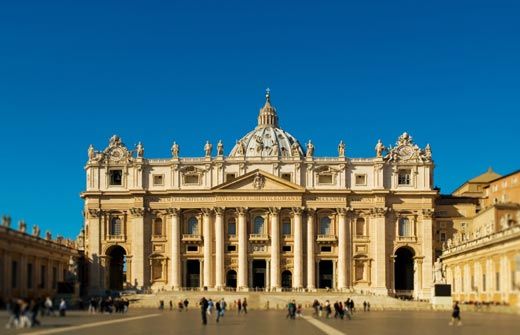
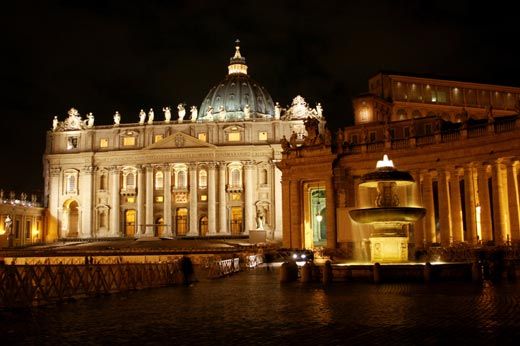
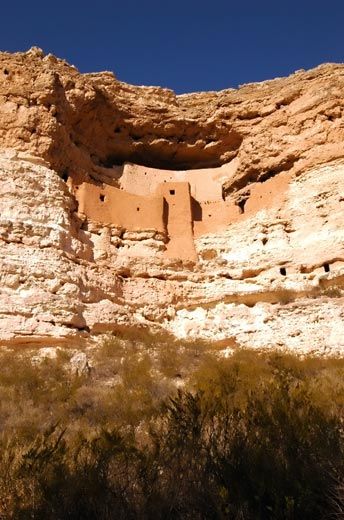
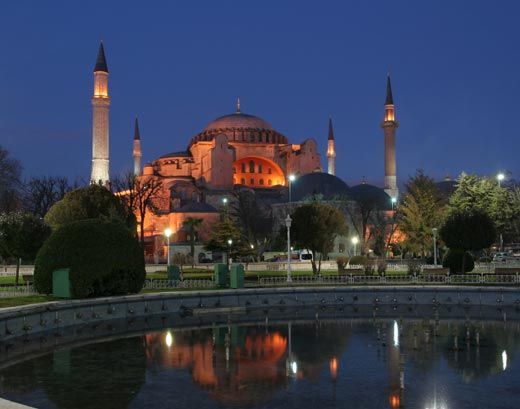
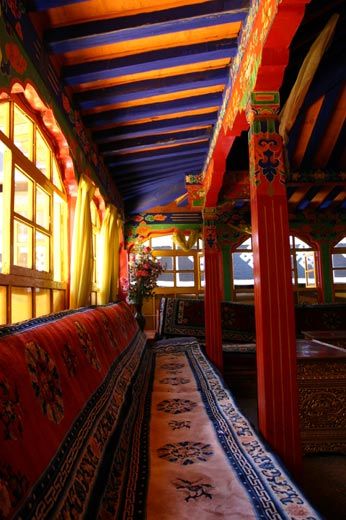
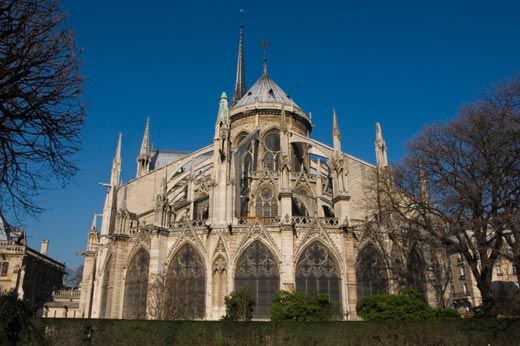
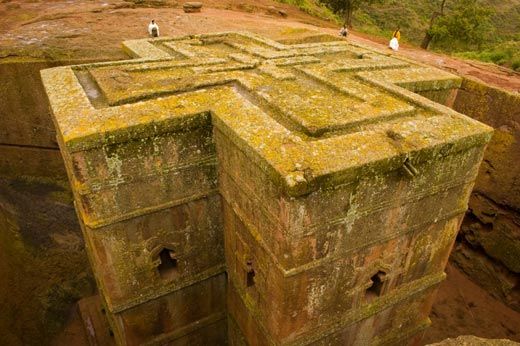
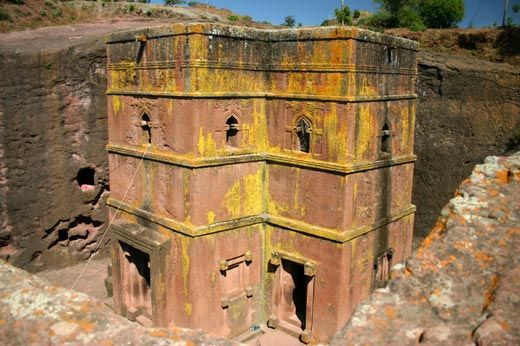
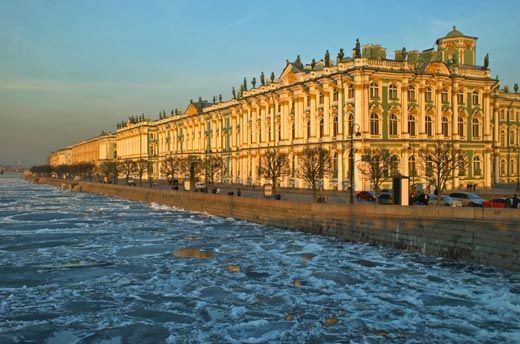
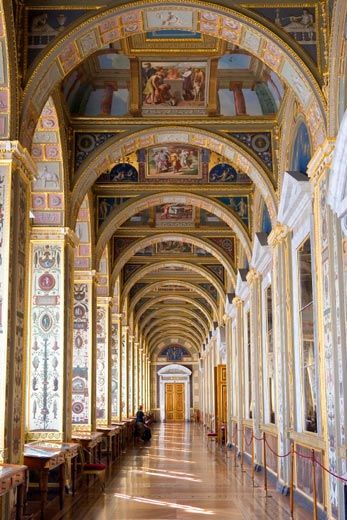
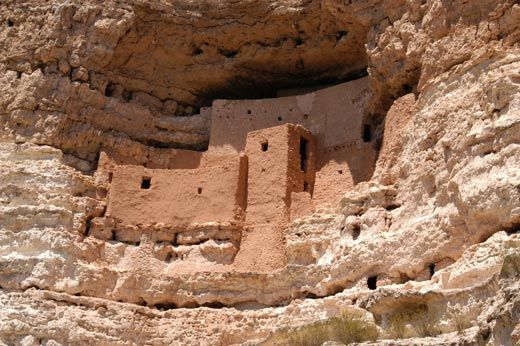
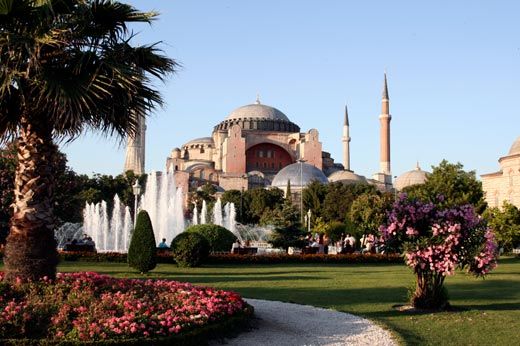
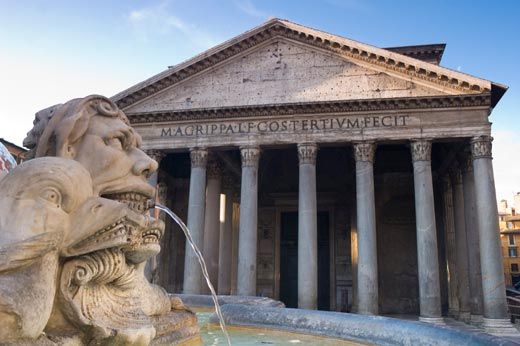
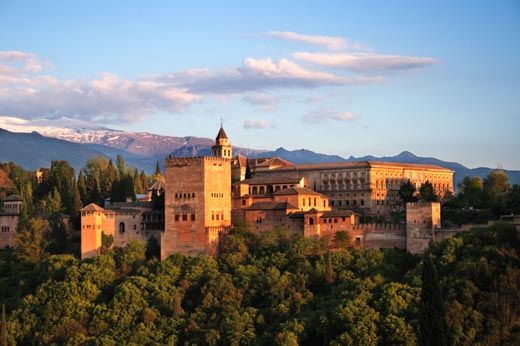
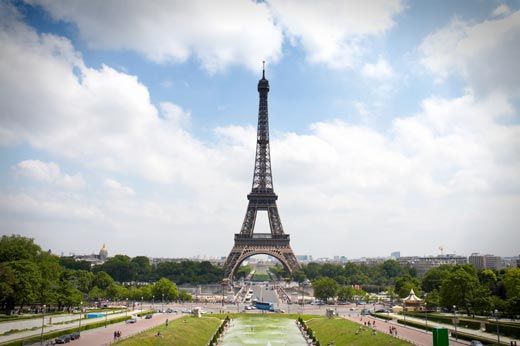
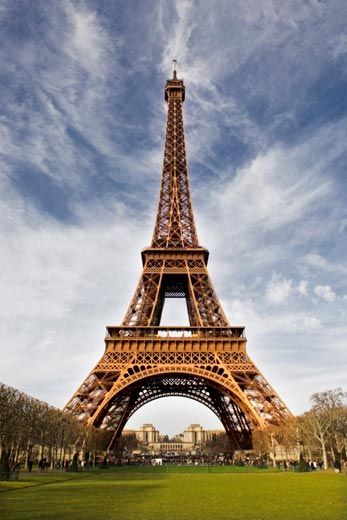
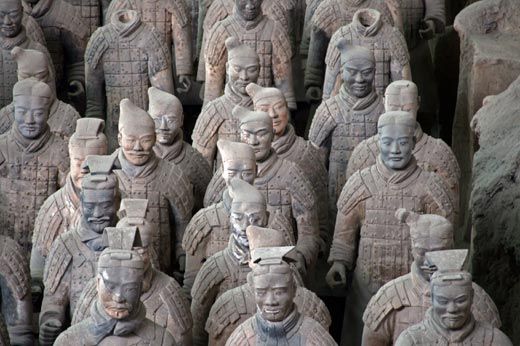
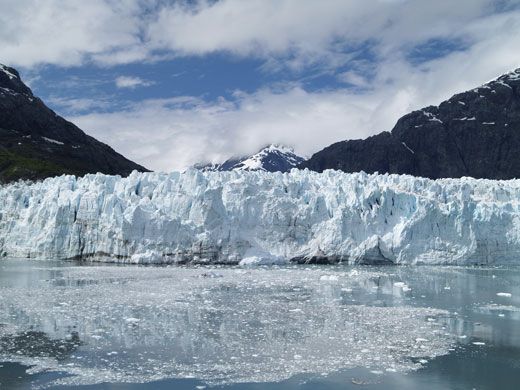
The dramatic tidewater glaciers that define this 3.2-million-acre park are remnants of the Little Ice Age that began about 4,000 years ago. With 16 active glaciers, Glacier Bay is the park's main attraction. As recently as 200 years ago the bay was almost completely covered by a glacier more than 4,000 feet thick and some 20 miles wide. But as it retreated over the years, it left behind smaller, separate glaciers. iStockphoto
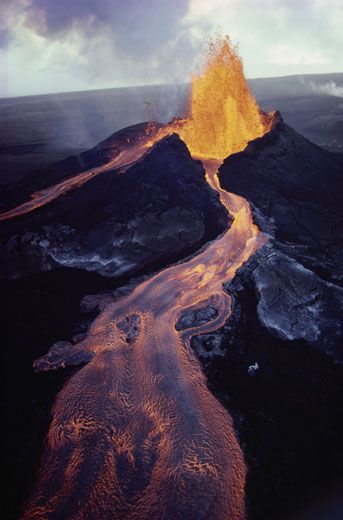
From lush rain forests to tropical beaches and snow-covered peaks, Hawai'i Volcanoes National Park protects seven different ecological zones and houses the world's most active volcanoes, Kilauea and Mauna Loa. The more active of the two, Kilauea, has created more than 568 acres of new land and buried almost nine miles of highway with lava as deep as 115 feet. Jim Sugar/Corbis

Perhaps the most iconic park in the U.S., Yellowstone National Park is famous for having the greatest concentration of geothermal features in the world. Geysers, steaming fumaroles, multi-colored hot springs and boiling mud pots make up the 10,000 known thermal spots in the park. Old Faithful is one of the most popular, regularly shooting 8,400 gallons of scalding water into the air every 33 to 120 minutes. Congress officially protected the Yellowstone area in 1872, making it the first American park and the only preserve of its kind in the world. iStockphoto
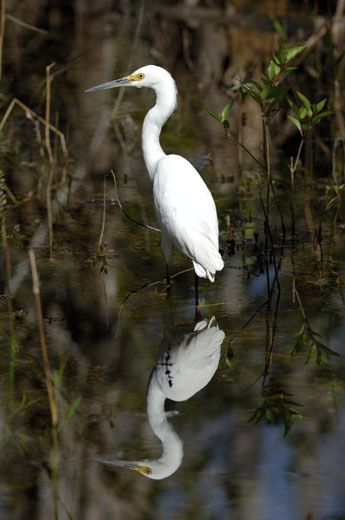
Located in the biologically diverse Florida Everglades, Big Cypress National Preserve protects more than 720,000 acres of swamp and provides habitat for many mammals, birds, reptiles and plants unique to Florida's climate. It's also home to eight federally listed endangered species that include the Cape Sable seaside sparrow, the West Indian manatee and the Florida panther. The Florida panther is the most threatened mammal in the U.S., and almost 40 of them live within the preserve's boundaries. iStockphoto
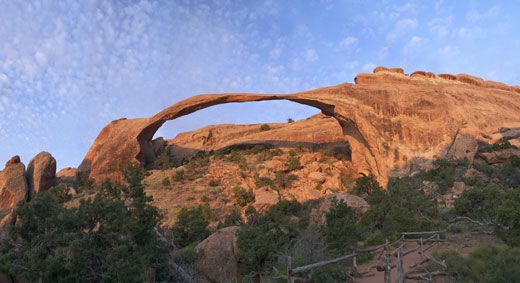
Arches National Park in the desert of eastern Utah boasts more than 2,000 natural sandstone arches formed by wind and water erosion over millions of years. The red sandstone arches range in size from a three-foot opening to Landscape Arch, which measures 306 feet from base to base and is the longest freestanding natural span of rock in the world. Towering spires, fins and balanced rocks are also hallmarks of the park and some of the most unique formations can be seen at popular sites such as Balanced Rock, Courthouse Towers, Delicate Arch, and Fiery Furnace. iStockphoto
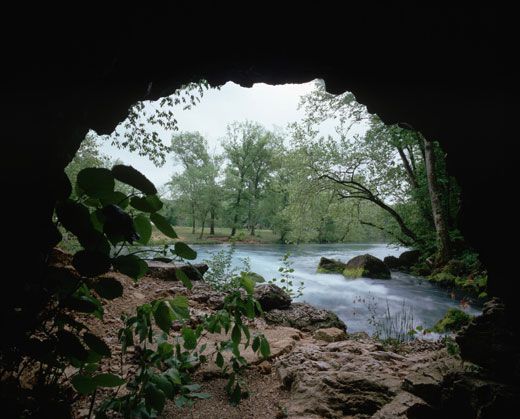
The Ozark National Scenic Riverways is world famous for more than 300 known caves. The park's landscape is typified by karst terrain—rocky ground, springs, caves, sinkholes and underground rivers. Jam Up Cave is one of the Ozark's most spectacular, and it's only accessible by boat. The entrance is about 80 feet high and 100 feet wide. During the Civil War, Northern and Southern soldiers received medical care in Hospital Cave, located in a bare-rock cliff, while farmers in the surrounding area are also thought to have used Meeting House Cave as a hideout. David Muench/Corbis
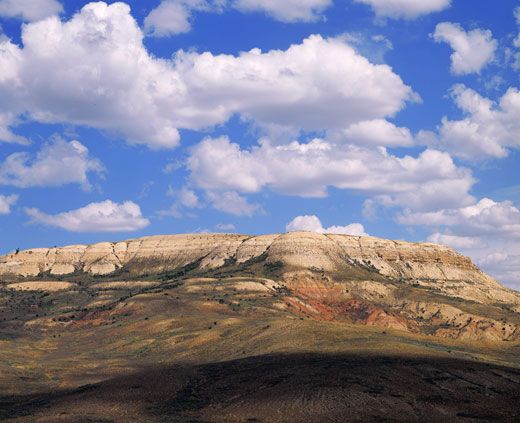
Located in southwestern Wyoming's cold sagebrush desert, Fossil Butte National Monument contains 13 square miles of Fossil Lake. This 50-million-year-old lake bed dates back to the Eocene age and is one of the richest fossil sites in the world. It contains some of the most perfectly preserved remains of ancient fish, reptile, bird, mammal, plant and insect life. A combination of quiet, deep waters and fine-grained lake sediments created conditions that kept the skeletons intact. David Muench/Corbis
Planning Your Next Trip?
Explore great travel deals
Smithsonian magazine participates in affiliate link advertising programs. If you purchase an item through these links, we receive a commission.
